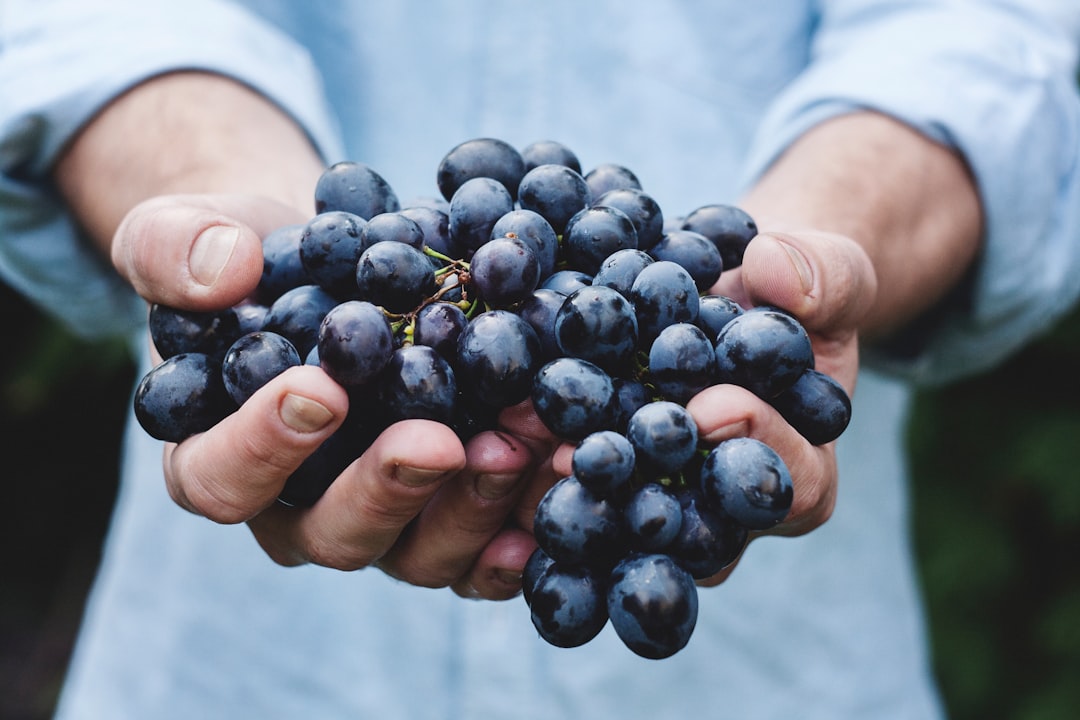
The Science of Wine Fermentation
Share
Wine fermentation is a captivating journey from grape to glass, a process steeped in tradition yet grounded in science. This transformation, driven by the interplay of yeast, sugar, and time, is both an art and a science. For enthusiasts eager to delve deeper into the world of winemaking, understanding the scientific principles behind wine fermentation offers a fascinating glimpse into how each bottle captures a unique flavor profile. This article will explore the secrets behind wine fermentation, shedding light on the scientific principles, methods, and their impacts on flavor, making it an enlightening read for any wine aficionado.
The Basics of Wine Fermentation
Wine fermentation is the biochemical process by which yeast converts sugars in grape juice into alcohol and carbon dioxide, giving wine its alcoholic content and distinctive flavors. This process is central to winemaking and has been refined over centuries, yet its scientific foundation remains rooted in the natural interactions between yeast, sugar, and the environment.
Understanding Yeast's Role
Yeast is the unsung hero of winemaking, a microscopic fungus that plays a pivotal role in fermentation. Different strains of yeast can produce vastly different flavor profiles, making the selection of yeast a critical decision for winemakers. Saccharomyces cerevisiae is the most commonly used yeast in winemaking, prized for its reliability and ability to thrive in the sugary, acidic environment of grape juice.
The Sugar to Alcohol Conversion
At the heart of fermentation is the conversion of sugars, primarily glucose and fructose, into ethanol (alcohol) and carbon dioxide. This process not only creates the alcohol content in wine but also releases heat and impacts the wine's flavor profile. The balance between residual sugar and alcohol level is a key determinant of a wine's character, ranging from dry to sweet.

The Impact of Fermentation Conditions
Fermentation conditions, including temperature, oxygen levels, and the presence of nutrients, play a significant role in the outcome of the wine. These factors can influence the speed of fermentation, the health of the yeast, and ultimately, the flavor of the wine.
Temperature Control
Temperature is a critical factor in wine fermentation, with different temperatures favoring various aspects of the process. Cooler temperatures (around 12-22°C) are ideal for white wines, promoting slow, steady fermentation and preserving delicate aromas. Red wines, on the other hand, benefit from slightly warmer temperatures (22-30°C), which support robust fermentation and help extract color and tannins from the grape skins.
Oxygen Exposure
Oxygen exposure during fermentation is a double-edged sword. While a small amount of oxygen can help yeast grow and ferment more efficiently, too much oxygen can lead to oxidation, spoiling the wine's flavor and color. Winemakers carefully manage oxygen levels to ensure a balance that supports healthy fermentation without risking oxidation.
Advanced Fermentation Techniques
Winemakers employ a variety of advanced techniques to manipulate the fermentation process, tailoring it to achieve specific flavor profiles or characteristics in the wine.
Wild vs. Cultured Yeast Fermentation
The choice between wild (indigenous) yeast and cultured (commercially produced) yeast can significantly impact a wine's flavor. Wild yeast fermentation, where the yeast naturally present on the grape skins initiates fermentation, can produce complex, unique flavor profiles. Cultured yeast, selected for specific traits, offers more predictability and control, ensuring consistent results.
Malolactic Fermentation
Malolactic fermentation (MLF) is a secondary fermentation process where bacteria convert malic acid into lactic acid, softening a wine's acidity and adding complexity to its flavor profile. This process is particularly common in red wines and some full-bodied white wines, contributing to their smooth, round mouthfeel.

The Influence of Fermentation on Wine Flavor
Fermentation is a key driver of a wine's flavor profile, influencing not only the balance between sweetness and alcohol but also the development of secondary and tertiary flavors.
Primary Flavors from Fermentation
The primary flavors of wine, derived directly from the grape and the fermentation process, include fruity, floral, and herbal notes. The specific flavors are influenced by the grape variety, the yeast strain, and the fermentation conditions, creating a wide range of taste profiles from the same grape variety.
Development of Secondary Flavors
Secondary flavors arise from the fermentation process itself and the winemaking techniques employed. These can include bready or yeasty notes from lees aging, buttery flavors from malolactic fermentation, or spicy and nutty notes from oak aging.
Challenges in Wine Fermentation
Despite advances in understanding and technology, wine fermentation can still present challenges, from stuck fermentations to unwanted microbial contamination.
Managing Stuck Fermentations
Stuck fermentations, where the yeast becomes inactive before all the sugar is converted to alcohol, can lead to off-flavors and spoilage. Winemakers must carefully monitor fermentation progress, ready to intervene with nutrient additions or temperature adjustments to restart the process.
Controlling Microbial Contamination
Unwanted microbial contamination, from bacteria or wild yeast, can spoil a wine's flavor and aroma. Strict hygiene practices, careful monitoring, and sometimes the use of sulfites are necessary to protect the wine from spoilage organisms.
The Future of Wine Fermentation
Innovations in biotechnology and fermentation science continue to open new frontiers in winemaking, from genetically modified yeasts that can enhance specific flavors to precision fermentation techniques that offer unprecedented control over the process.
Exploring Genetic Modification
Research into genetically modified yeasts offers the potential to enhance desirable traits, such as stress tolerance or flavor production, while minimizing unwanted by-products. While regulatory and consumer acceptance issues remain, these advances could revolutionize winemaking.
Precision Fermentation Techniques
Emerging precision fermentation techniques, leveraging sensors and automation, allow winemakers to monitor and adjust fermentation conditions in real-time, optimizing the process for the desired outcome. This level of control promises to further refine the art and science of winemaking.
Wine fermentation is a complex interplay of science and art, where tradition meets innovation. By understanding the scientific principles behind this process, enthusiasts can gain a deeper appreciation for the craftsmanship involved in each bottle of wine. As winemaking continues to evolve, the exploration of fermentation science will undoubtedly yield even more fascinating insights into the creation of wine, unlocking new flavors and experiences for wine lovers around the world.
For those interested in further exploring the intricacies of winemaking, consider reading about Advanced Wine Tasting Techniques, Building a Wine Cellar at Home, or Protecting Your Wine from Temperature Fluctuations. Each of these articles offers valuable insights into enjoying and preserving the complex flavors that fermentation science brings to life in a bottle of wine.

